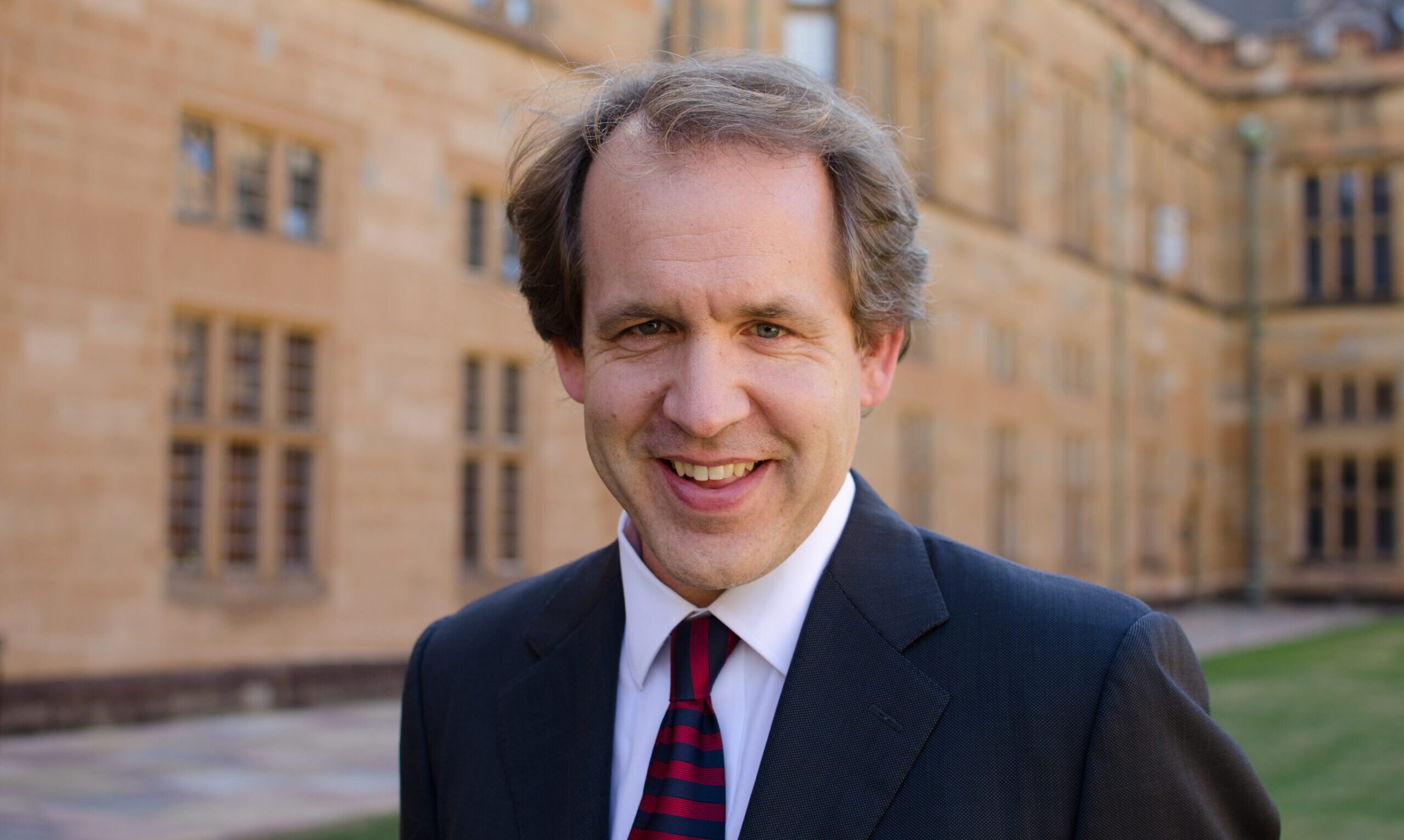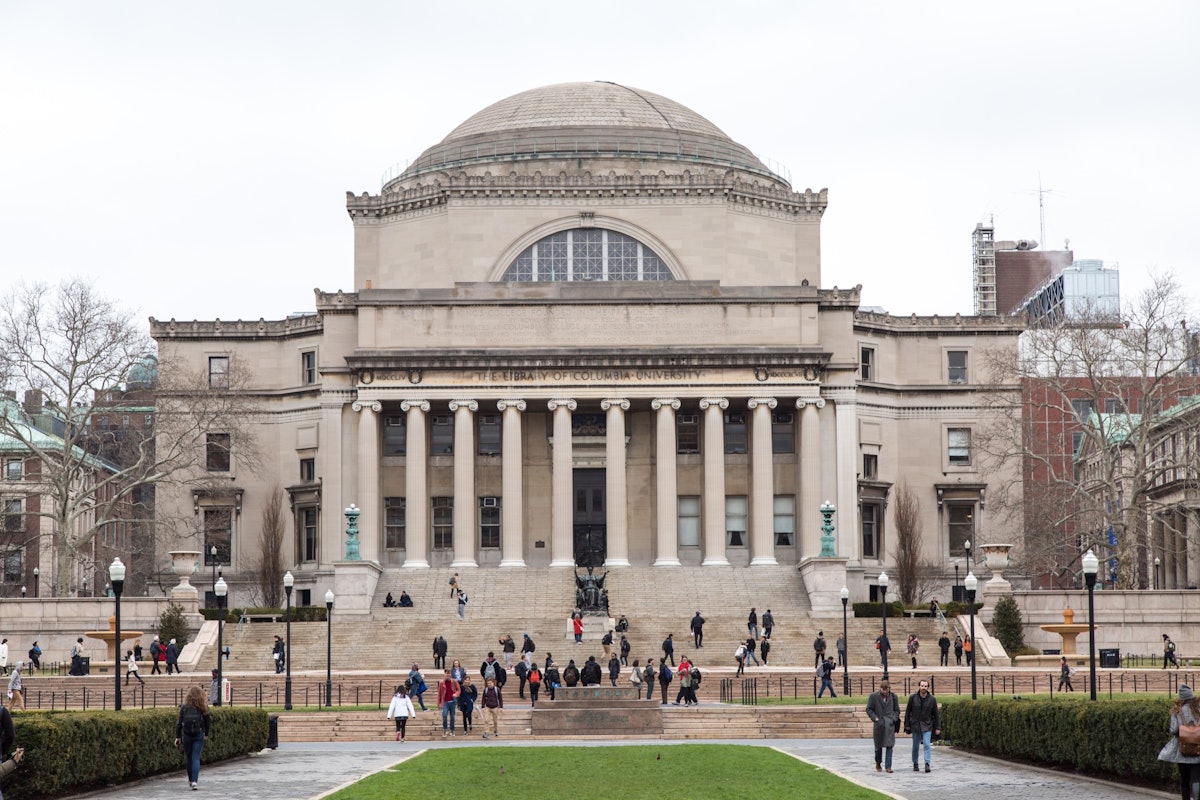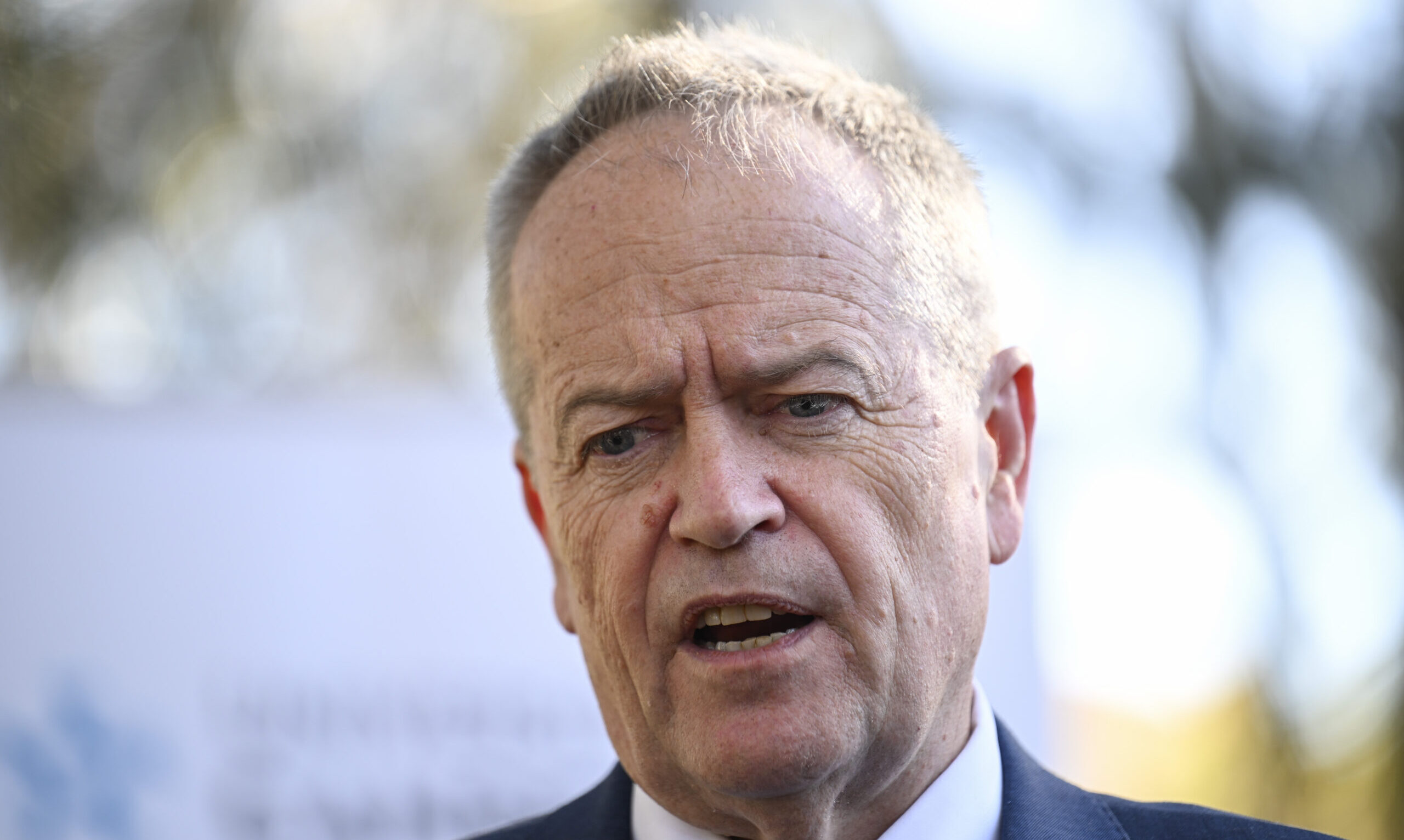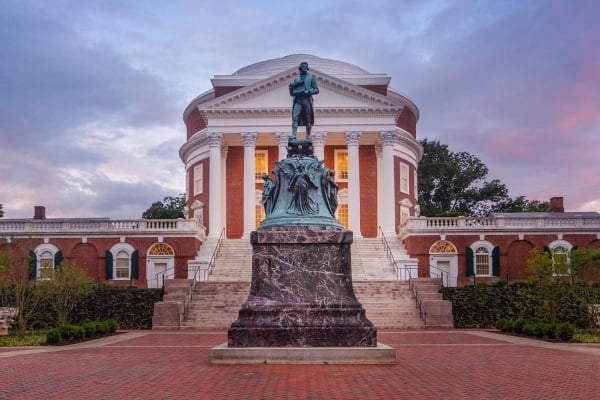In an April 21 article entitled “We Haven’t Seen a Fight Like Harvard vs. Trump in Centuries,” Steven Brint wrote that the ongoing dispute between Harvard University and the federal government is “the most important showdown between state power and college autonomy since 1816, when the New Hampshire Legislature attempted to convert Dartmouth College into a public entity.”
While the Dartmouth College case, which the U.S. Supreme Court decided in 1819 in Dartmouth’s favor, looms large in American history, universities have, prior to and since that decision, regularly fought for their rights—their corporate rights.
Today, we call this institutional academic freedom. But, as Richard Hofstadter wrote in his portion of The Development of Academic Freedom in the United States (1955), co-authored with Walter Metzger, “academic freedom is a modern term for an ancient idea.” That ancient idea holds that university freedom is based on corporate rights, which is why Hofstadter begins with a section subtitled “Corporate Power in the Middle Ages.” Recovering that old idea could not be more important today.
It is no exaggeration to say that, in spring 2025, we may have entered the nadir of American academic freedom. Austin Sarat rightfully urged us, even before then, to find new ways to guard academic freedom “against external threats.” Now, in the face of ongoing hostility from both state and federal governments, it is imperative that universities deploy the full range of arguments at their disposal, including those based on their forgotten corporate rights. In other words, it’s time for universities to invoke their corporate rights. Allow me to explain.
Corporateness is the university’s hidden superpower. While every university is constituted differently, they are all corporations, regardless of whether they present themselves as public or private. That is because “corporation” is a general legal term denoting a unity at law.
“Incorporation,” David Ciepley has written, “is a powerful tool.” Corporations can sue and be sued in their own names, hold property, enter contracts, use their own seals and legislate. Importantly, the university’s corporateness bears no necessary relationship to its current autocratic constitution, whereby, according to Timothy V. Kaufman-Osborn, universities are “ruled by external lay governing boards vested with the panoply of powers customarily granted to corporations, including the power to adopt, amend, and revoke its basic rules of institutional governance.” Thus, we can use the university’s corporateness to rebuff external attacks, while also working, as Arjun Appadurai wrote recently, “to break the unilateral power of boards of trustees.”
The university’s cherished autonomy springs from its corporate rights. In the U.S., these rights were first articulated in a now-forgotten line of cases starting with the 1805 North Carolina Supreme Court case Trustees of University of North Carolina v. Foy, a decision issued more than a century before the American Association of University Professors’ famous 1915 Declaration of Principles on Academic Freedom and Academic Tenure—and the U.S. Supreme Court’s 1957 discovery of a theretofore unknown academic freedom right in the First Amendment to the U.S. Constitution.
Like Dartmouth College, these cases were about corporate rights. But, unlike Dartmouth College, they concerned universities we now consider public; they were decided by state supreme courts, rather than by the U.S. Supreme Court; and, when they implicated constitutional rights, they implicated rights protected by state constitutions, rather than by the federal one.
What I call the corporate theory of academic freedom explains why the rights that originally protected the American scholarly enterprise, including in the Dartmouth College case, were corporate rights by emphasizing that universities are, by law, corporations. (It’s actually in the name itself: “university,” derived from the Latin universitas, simply means “corporation.”)
Rather than an individual right, academic freedom is, properly understood, what Stanley Fish called “a guild concept.” More specifically, it is a concept belonging to the incorporated guild of professors and students (and others). This theory bases academic freedom not on freedom of speech—a troublesome basis for academic freedom—but on the university’s corporate rights. These corporate rights, not infrequently finding expression in constitutions, are also sometimes constitutional rights. By substituting corporate rights for freedom of speech, we turn a foundation of sand into stone.
It might prove difficult for some in the university to embrace a term they associate only with business corporations, but corporate rights have been, and still can be, used to protect universities. In this connection, it might help to recall the many corporations that are not business corporations, including municipal corporations, nonprofit corporations (often euphemized as “organizations”), church corporations and university corporations.
At a moment when the U.S. Supreme Court seems keen on granting corporate rights to business corporations, one might wonder why business corporations should get all the rights. With state and federal governments increasingly targeting universities, we simply cannot afford to leave these arguments on the table. Understanding and utilizing these neglected corporate rights cases requires shifting our focus, on the one hand, from private to public universities, and, on the other hand, from federal to state courts (where Dartmouth College began).
While the federal government’s recent attacks on Columbia and Harvard have captured headlines across the country, state legislatures continue to menace public universities. Although these universities have, through centuries of experience, become highly familiar with governmental intrusion, they have become less adept at repulsing it than they once were. As a result, one recent article in The Chronicle of Higher Education could observe that “it’s well understood that public colleges are in the thrall of their state lawmakers.” The corporate theory of academic freedom challenges this understanding.
Consider two post–Dartmouth College cases about universities we call public today. The first is an 1887 Indiana Supreme Court case about Indiana University. The second is an 1896 Michigan Supreme Court case about the University of Michigan. Each case furnishes ideas about how to address academic freedom’s most vexing and persistent challenge: protecting public universities from state legislatures.
In an 1887 case called Robinson v. Carr, the Indiana Supreme Court considered what interest rate applied to a fund established by the Indiana Legislature for Indiana University. The statute that established the university fund indicated that any loan made from the university fund would carry a 7 percent interest rate. The trustees of Indiana University, who were established as a “body politic” by the Indiana Legislature, could then use the interest to cover annual university expenses. But a later statute repealed laws concerning certain funds, including “public funds,” and applied an 8 percent interest rate instead. The question as to which interest rate applied therefore turned on whether the university fund was a “public fund.” If it was a public fund, an 8 percent rate would apply; if it was not, the 7 percent rate would remain.
The Indiana Supreme Court concluded that the university fund was not a public fund because “the university, although established by public law, and endowed and supported by the state, is not a public corporation, in a technical sense.” The court meant by this that the Board of Trustees “has none of the essential characteristics of a public corporation.” The university was “not a municipal corporation,” and “its members are not officers of the government, or subject to the control of the legislature in the management of its affairs.”
The court reasoned, “That the university was established under the direct authority of the state, through a special act of the legislature, or that the charter contains provisions of a purely public character, nor yet that the institution was wisely established, and is and should be perpetually maintained at the public expense, for the public good, does not make it a public corporation, or constitute its endowment fund a public fund.” In the final analysis, “the legal status of the state university being that of a technically private, or at most a quasi public, corporation, the university fund, of which it is the sole beneficiary, is therefore not a public fund, within the meaning of the law.” In short, the court’s careful analysis under the corporate framework led it to conclude that the university’s legislative establishment and public funding did not make it public.
Less than a decade after Robinson, the Michigan Supreme Court decided a case called Regents of the University of Michigan v. Sterling. There, the court had to decide whether the Michigan Legislature could require the University of Michigan Board of Regents to relocate its homeopathic medical college from Ann Arbor to Detroit. The Michigan regents had refused to comply with the Legislature’s relocation law, and Charles Sterling, a private citizen, then asked the Michigan Supreme Court to order the Regents to comply.
The court denied Sterling’s request, noting that, “under the [Michigan] constitution of 1835, the legislature had the entire control and management of the university and the university fund. They could appoint regents and professors, and establish departments.” But, after the university languished under this governance model, the people of Michigan withdrew the power of the Legislature to control the university. To that end, the 1850 Michigan Constitution ordained that “the board of regents shall have the general supervision of the university, and the direction and control of all expenditures from the university interest fund.”
The court offered three “reasons to show that the legislature has no control over the university or the board of regents.” First, both entities “derive their power from the same supreme authority, namely, the constitution,” and, “in so far as the powers of each are defined by that instrument, limitations are imposed, and a direct power conferred upon one necessarily excludes its existence in the other, in the absence of language showing the contrary intent.”
Second, the Board of Regents “is the only corporation provided for in the constitution whose powers are defined therein”—whereas “in every other corporation provided for in the constitution it is expressly provided that its powers shall be such as the legislature shall give.” Third, “in every case except that of the regents the constitution carefully and expressly reposes in the legislature the power to legislate and to control and define the duties of those corporations and officers.”
Because the constitution entrusted “the general supervision” of the university to the regents, “no other conclusion … is possible than that the intention was to place this institution in the direct and exclusive control of the people themselves, through a constitutional body elected by them.” The people of Michigan had entrusted the university’s governance to the regents directly, thereby removing the university from the Legislature’s purview. As a result, the Legislature could no longer govern the university.
These 19th-century cases, together with many other state cases like them, contain resources that universities can use to meet today’s extraordinary challenges. (Edwin D. Duryea lists many, but not all, of these cases in the first appendix to his 2000 monograph, The Academic Corporation: A History of College and University Governing Boards.) Indeed, the cases remain relevant today. The Montana Supreme Court’s 2022 decision affirming the Montana regents’ “exclusive authority to regulate firearms on college campuses” borrowed, with slight alterations and no attribution, one of the aforementioned passages from Sterling.
Harvard’s battle with the federal government is truly momentous, but it is one of many that American universities—public and private—have consistently waged for centuries. When these universities rose up to defend their corporate rights, state supreme courts across the country often affirmed those rights. The time has come to assert those rights once again. As state governments, along with the federal government, apply new and in some ways unprecedented pressure, universities can no longer ignore their powerful claims to corporate rights. Continuing to do so may incur costs none of us are willing to pay.
Michael Banerjee, a 2019 graduate of Harvard Law School, is a doctoral candidate in jurisprudence and social policy at the University of California, Berkeley, where his dissertation focuses on universities’ corporate rights.










